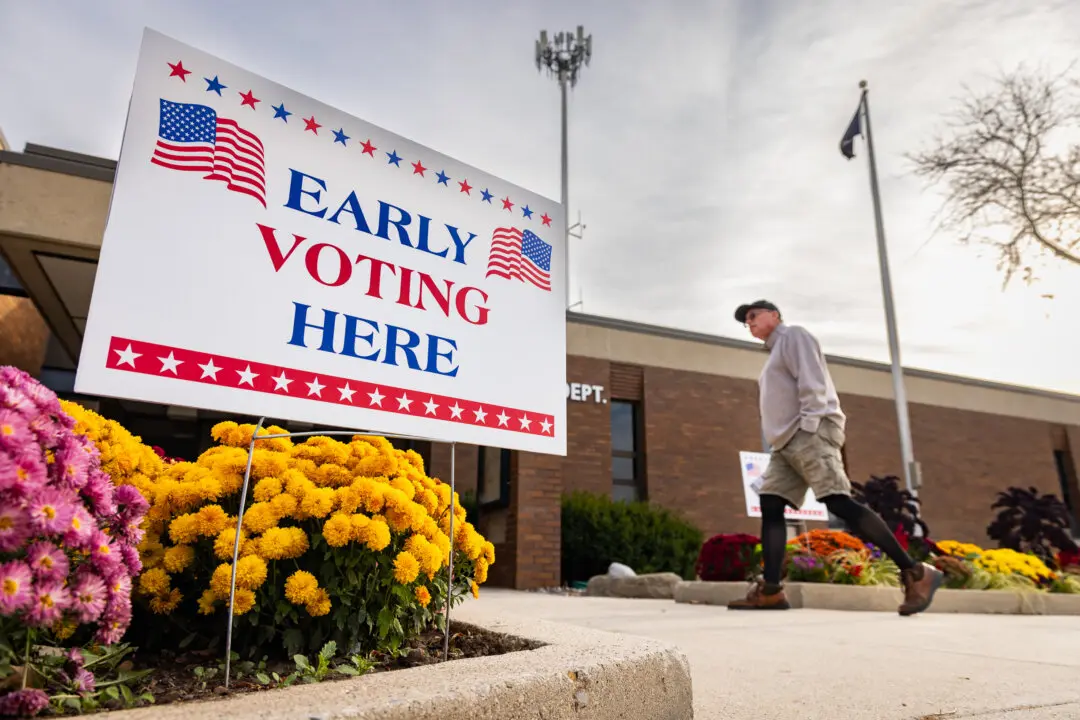Fresh off the heels of the first winter storm to hit the United States this week, weather forecasters are predicting a blast of arctic cold air that will spread across the United States and Canada over the next week or so.
The National Weather Service (NWS) on Thursday said that for the upcoming weekend, “bitterly cold, winter-like air will continue for the Northern Rockies/Plains behind a strong cold front even as the winter storm tapers off.” Montana, Wyoming, and the Dakotas are currently seeing heavy snowfall in some areas, it said.





